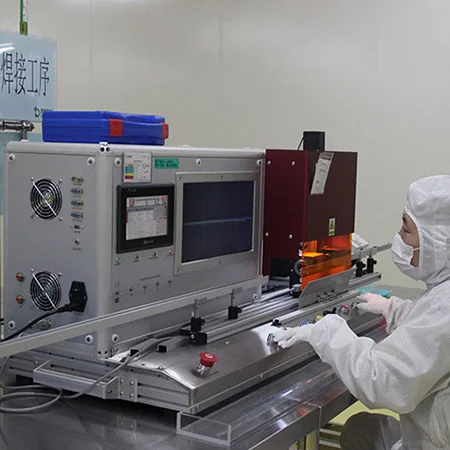Advantage retained by Catheter angiography is the ability of the physician to perform procedure such as balloon angioplasty or insertion of a stent to improve blood flow to the artery.
Quick Details of Angiography Catheters
Properties: Interventional Equipments
Type: Intravascular Catheter
Brand Name: Penty
Model Number: Angiography catheter
Place of Origin: Hangzhou, China (Mainland)
Licence Number: CE/ISO13485
Soft tip: yes
Radiopaque: yes
Atraumatic tip: yes
Kink resistant shaft: yes
Optimum torque ability: yes
Curve retention: yes
Smooth surface: yes
Color coded: yes
CE certificate: yes
ISO certificate: yes
Packaging & Delivery
Packaging Details
5F/6F JL3.5/4.0/4.5/5.0 5pcs 3.5 127x26x18cm
5F/6F JR3.5/4.0/4.5/5.0 5pcs 3.5 127x26x18
5F/6F Pigtail straight 5pcs 3.5 127x26x18
5F/6F Pigtail 146 degree 5pcs 3.5 127x26x18
RH, YAS, RS, RLG 5pcs 3.5 127x26x18
Port : Hangzhou
Lead Time : 15~30days
Advantage of Angiography Catheters
Advantage retained by Catheter angiography is the ability of the physician to perform procedure such as balloon angioplasty or insertion of a stent to improve blood flow to the artery.
Features of Angiography Catheters
Double-braided construction yields optimal 1:1 torque
Pebax material allows for thinner walls and larger lumens in the smaller French sizes
Atraumatic soft tip for ostial engagement
Company advantages
Five products are certificated with CE mark.
With continuous cooperation and growth our distributors, Barty Medical now has it' s presence on 4 continents.
Until Octuber 2018, with 3-year development, Barty Medical has more than100 employees, including technical specialists in precisionn processing, medical engineering and a experience sales team most of whom have worked over 10 years in the industry.

Peripheral angiography
Angiography is also commonly performed to identify vessels narrowing in patients with leg claudication or cramps, caused by reduced blood flow down the legs and to the feet; in patients with renal stenosis (which commonly causes high blood pressure) and can be used in the head to find and repair stroke. These are all done routinely through the femoral artery, but can also be performed through the brachial or axillary (arm) artery. Any stenoses found may be treated by the use of atherectomy.
